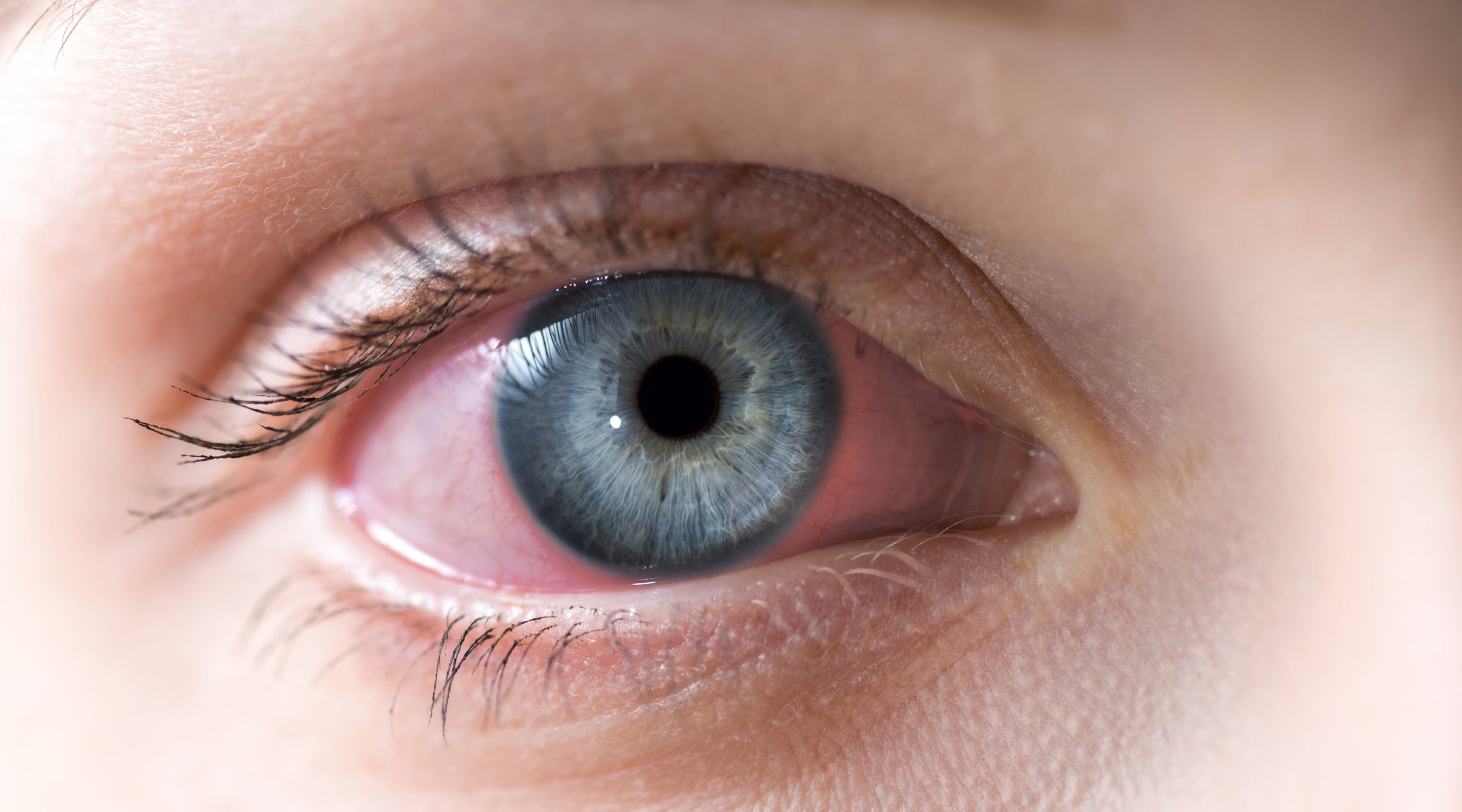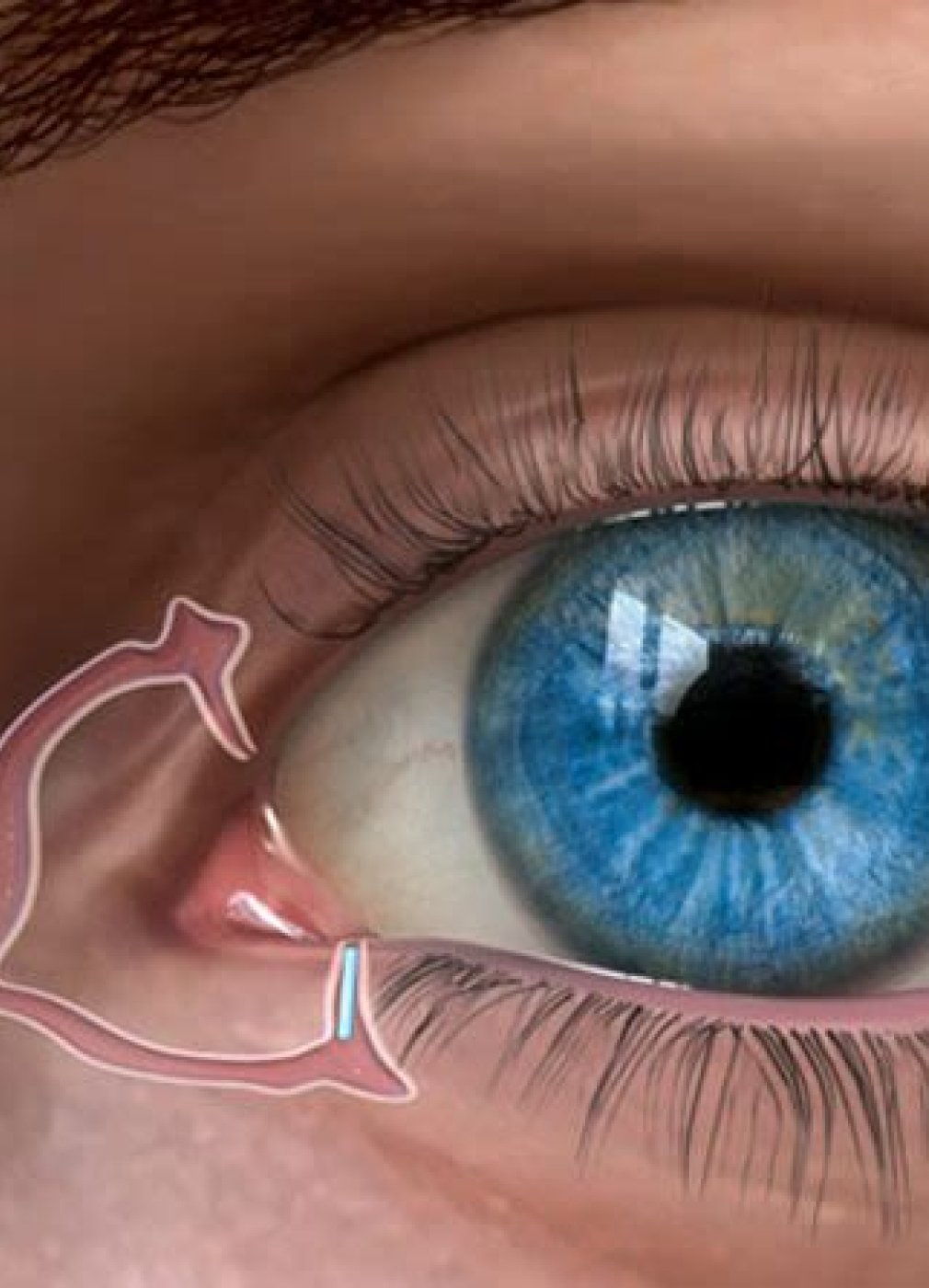DRY EYE
Dry eye is a chronic condition in which not enough tears are made or the tears that are produced are not of good quality thus causing eye discomfort and irritation. The patient feels burning, panting or gritting in the eyes.

CAUSES
01
AGE
The production of tears decreases with age.
02
ALLERGIES
For example to pollen, animals and dust.
03
MEDICATIONS
Those that are used for allergies, hormone replacement, depression, blood pressure and diuretics can cause dry eye.
04
HORMONAL CHANGE
Secondary to pregnancy, contraceptive use or menopause. Women are at higher risk of developing dry eye.
05
AUTOIMMUNE DISEASE
For example, lupus, Sjogren's and rheumatoid arthritis can cause a decrease in tear production.
06
HISTORY
OF:
Contact lens use and refractive surgery (Lasik). Chemotherapy, radiation, and certain acne treatments.
07
MEIBOMIAN GLAND ISSUES
These glands produce the oil that prevents tears from evaporating quickly. The glands can become clogged due to makeup or problems with the skin such as Rosacea or pollen, animals and dust.
08
BLEPHARTIS
It is an inflammation on the edge of the eyelids and eyelashes. The patient may develop clog the glands and secretions.
09
ENVIRONMENTAL CHANGES
Exposure to wind, cold, heating, and cigarette smoke can cause evaporation of the tears.
SYMPTOMS
Excessive tearing or crying that does not produce tears.
Mucoid secretions.
Eye strain at the end of the day or after reading or watching TV.
Discomfort while wearing contact lenses.
Episodes of blurred vision – more frequently noted at the end of the day.
Gritty, stabbing, burning sensation, itchy and/or red eyes.
DIAGNOSIS
The diagnosis of dry eye is made through a good medical history and by examining the eye in the slit lamp.
A Schrimer tear test may be done to measure the tear production. In addition, your doctor may put drops in your eyes and see how long it takes the eye to develop islands of dryness in the cornea.
ARTIFICIAL TEARS
If you use the drops more than 2 times a day or feel that they are not efficient, the Horta-Santini Eye Care team can prescribe drops that in addition to treating the dry eye also reduce the inflammation.
TEMPORARY PLUGS
Another alternative for dry eye is maintaining the tears that you produce longer in the surface of your eyes. Tears usually drain into the nose through 4 channels located inside the eyelids (1 in each upper eyelid and 1 in each lower eyelid). Using plugs that temporally close these channels, the Horta-Santini Eye Care team will elongate the time your medicine and your natural tearing stay on the surface of your eyes.
ILUX & BLEPHEX
Oils produced in the glands of the eye can seal over time causing the tears evaporate faster. At Horta-Santini Eye Care, we offer the modern and most recent technology for the treatment of dry eye - the iLux and BlephEx treatments.
The iLux consists of applying heat and pressure to unclog the glands that produce the oils that prevent the evaporation of tears while BlephEx deeply washes eyelids and lashes, thus removing bacteria and blepharitis that cause inflammation.
Horta-Santini Eye Care is the first clinic in Queens to offer patients the iLux and BlephEx treatments, being at the forefront of dry eye management.
AT-HOME TREATMENTS
Avoid sleeping with a fan in front of your face
It helps to keep a more moistened environment. You can have one at home and one at work.
Blinking distributes tears through the eye. Sometimes when we concentrate, watching televisions, computers, cell phones or books, we forget to blink. Taking a break from these activities helps your eye health.
Blink more
Apply warm compress 2 times a day
Helps keep the meibomian glands open, decreasing the viscosity the secretions of these and preventing occlusion.
It helps to keep a more moistened environment. You can have one at home and one at work.
Use a humidifier
Increase your intake of omega-3 or fish oil
Studies show that omega-3-rich foods such as salmon, fish and nuts can improve dry eye.




